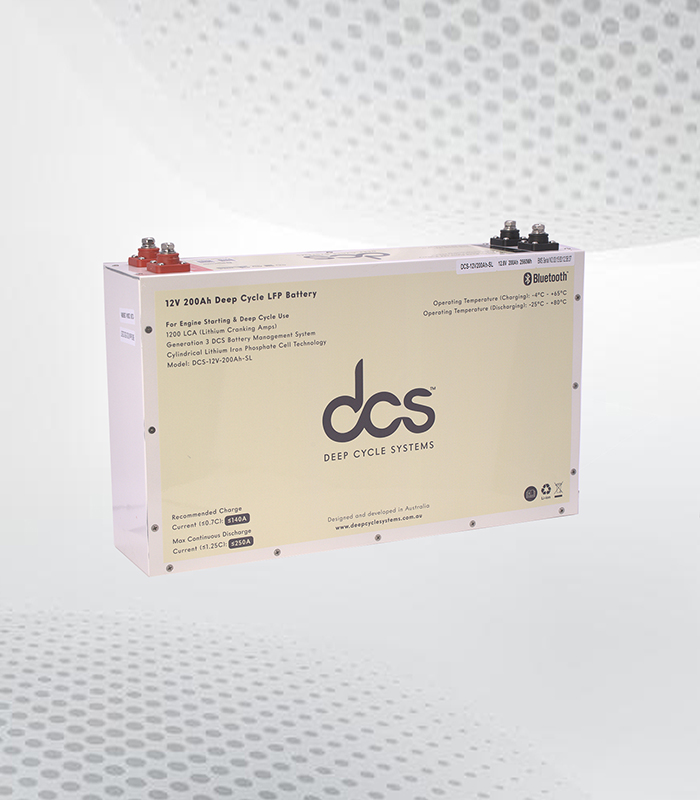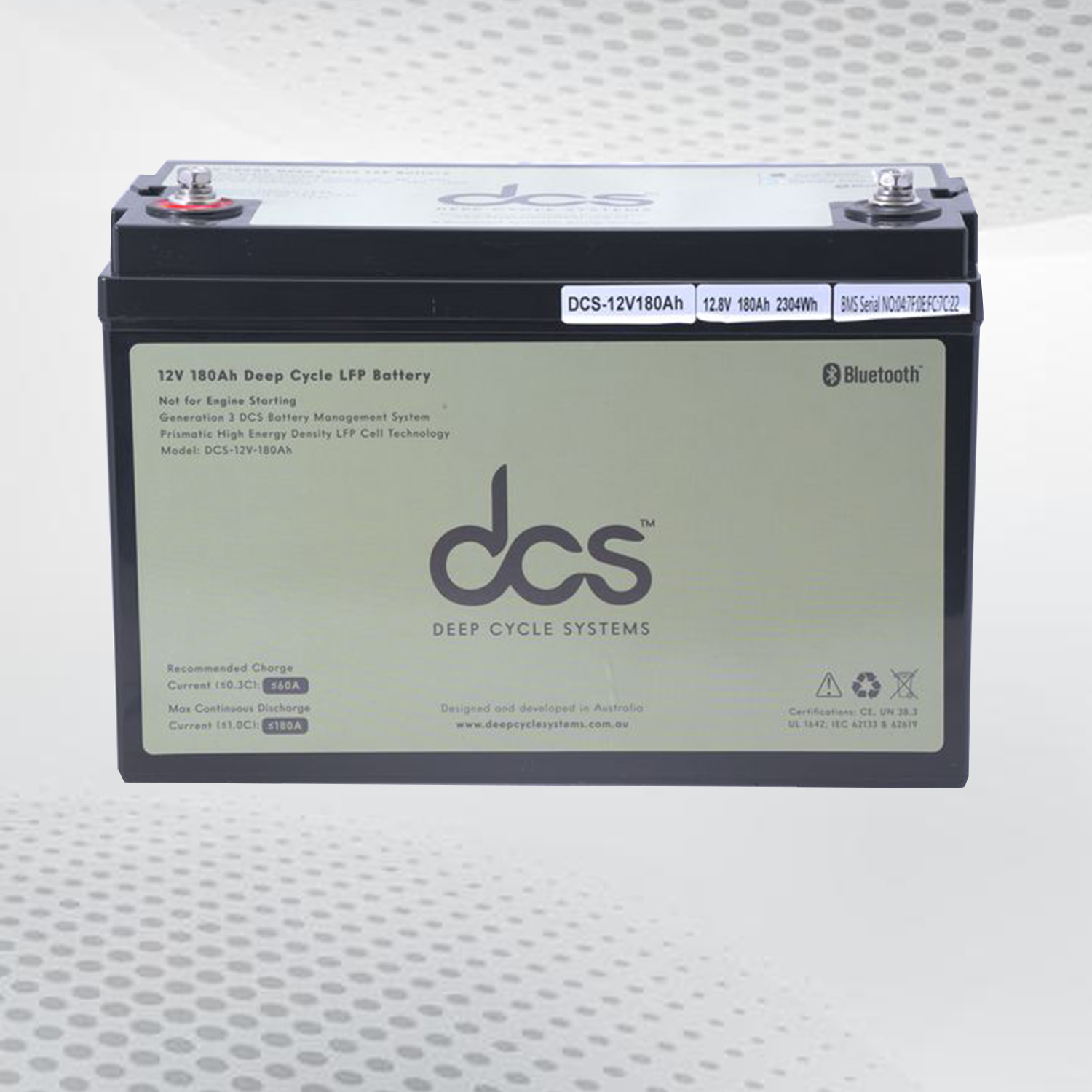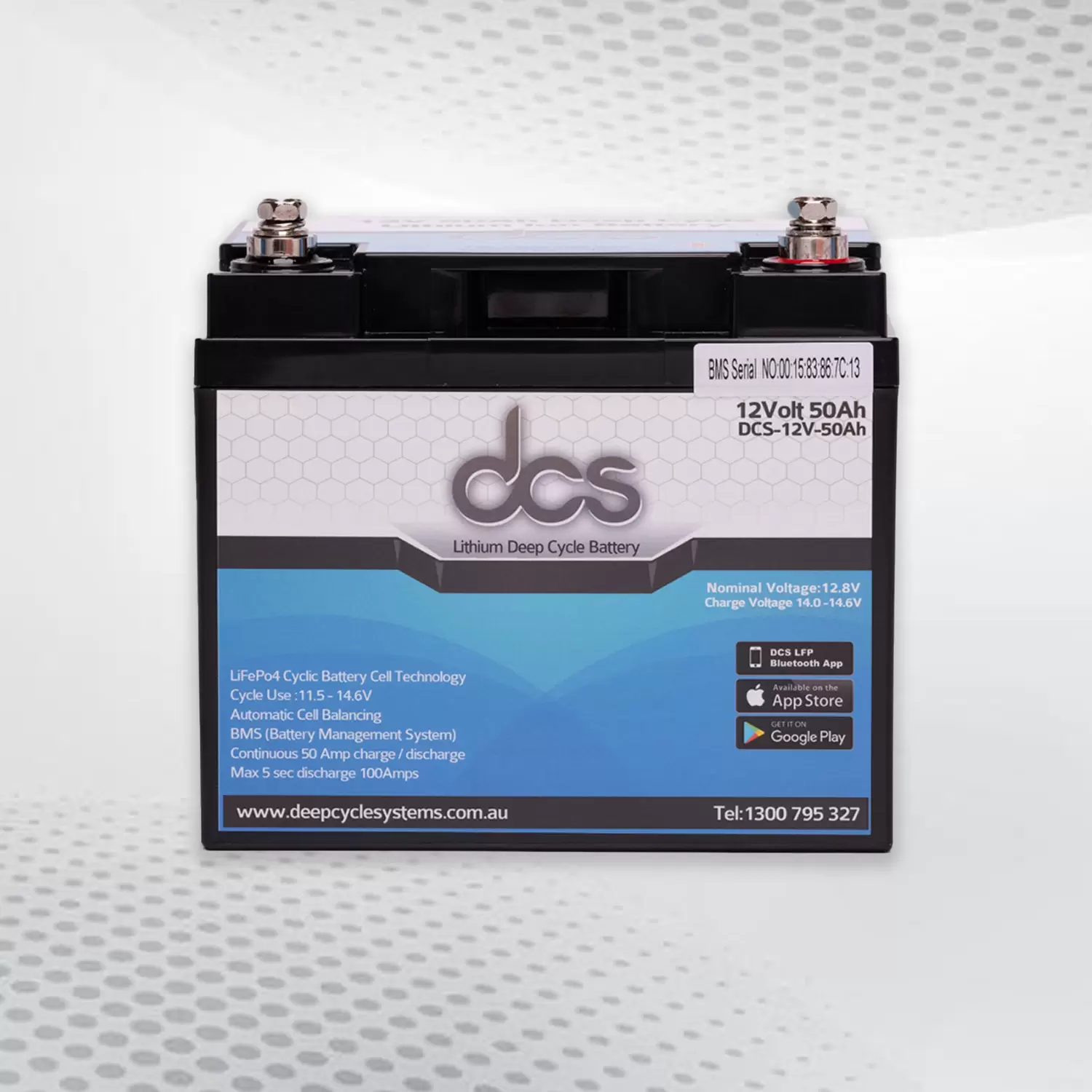The spotlight shines brightly on lithium batteries as the world shifts towards more sustainable energy solutions. Among them, the 200-ah option stands out for its capacity and versatility. These powerhouses are revolutionizing how we harness renewable energy sources like solar and wind. Imagine a future where clean energy is not just a dream but an everyday reality—facilitated by advanced battery technology. Lithium 200ah Battery is at the forefront of this transition, providing reliable storage that supports everything from electric vehicles to grid systems.
How Lithium Batteries Support Renewable Energy Integration
Lithium batteries are crucial in integrating renewable energy sources into our daily lives. Their ability to store energy generated from solar panels and wind turbines ensures that we can tap into clean power even when the sun isn’t shining or the wind isn’t blowing. This storage capability helps balance supply and demand, making renewable energy more reliable.
Moreover, lithium batteries have a high energy density, allowing them to pack more power in a smaller footprint than traditional options. This efficiency is vital for residential setups and larger grid systems aiming for sustainability without compromising space or performance.
Lithium batteries emerge as key players as we continue to enhance our reliance on green technology. They provide backup during peak demands but also help stabilize the grid, enabling seamless integration of renewable resources into existing infrastructures.
Understanding Lithium-Ion Technology: A Sustainable Power Source
Lithium-ion technology has emerged as a critical player in the quest for sustainable energy. These batteries are designed to store and release electrical power efficiently, making them ideal for various applications, from consumer electronics to renewable energy systems.
The core of lithium-ion technology lies in its chemistry. It utilizes lithium salts within an electrolyte, allowing ions to move between electrodes during charging and discharging. This movement generates electricity with minimal waste, contributing significantly to sustainability efforts.
Moreover, lithium-ion batteries offer longer life cycles compared to traditional battery types. Their ability to maintain performance over numerous charge cycles reduces the need for frequent replacements. As we push towards greener solutions, understanding this technology is essential for maximizing our transition into a more sustainable future.
The Role of Lithium Batteries in Reducing Carbon Footprint
Lithium batteries play a pivotal role in reducing carbon footprints globally. Storing and distributing renewable energy helps minimize reliance on fossil fuels. This shift is crucial for lowering greenhouse gas emissions and combating climate change.
Moreover, lithium 200ah batteries are increasingly utilized in electric vehicles (EVs), which significantly reduce emissions compared to traditional combustion engines. As more drivers switch to EVs powered by these efficient batteries, urban air quality improves, and transportation becomes greener.
The integration of lithium battery technology into homes further enhances sustainability efforts. Homeowners can store solar energy generated during the day for use at night, effectively reducing dependence on grid electricity sourced from fossil fuels. Such advancements mark significant progress toward a cleaner future.
Lifecycle Analysis: Evaluating the Sustainability of Lithium Batteries
Lifecycle analysis (LCA) provides a comprehensive look at the environmental impact of lithium batteries from production to disposal. This method assesses resource extraction, manufacturing processes, usage phases, and end-of-life management. By examining each stage, we gain insights into energy consumption and emissions associated with lithium-ion technology.
Mining often involves the raw materials for lithium batteries, which can have significant ecological consequences if not managed properly. Sustainable practices in sourcing materials are crucial to reducing this impact. Innovations in recycling further enhance sustainability by recovering valuable elements such as lithium and cobalt.
Evaluating these factors helps identify areas for improvement within the lifecycle of lithium batteries. As technologies advance, companies can adopt more efficient methods that minimize waste while maximizing performance. Such initiatives make the Lithium Battery an increasingly viable option in our quest for sustainable energy solutions.
The Future of Energy Storage: Why Lithium Batteries Lead the Way
The demand for efficient storage solutions is escalating as the world shifts towards renewable energy. Lithium batteries are at the forefront of this evolution, offering unparalleled energy density and performance. Their ability to store substantial amounts of power in a compact size makes them ideal for various applications.
The advancements in lithium-ion technology continue to pave the way for innovation. Battery life and charging speed improvements mean that these power sources can adapt to ever-changing energy demands. Lithium batteries will remain essential as more people embrace electric vehicles and solar installations.
Moreover, their scalability allows integration into diverse systems—from home setups to large-scale grid solutions. This versatility positions lithium batteries as a key player and a leader in shaping sustainable energy storage practices for future generations.
How Lithium Batteries Enable Electric Vehicles and Green Transportation
Lithium batteries are at the forefront of the electric vehicle (EV) revolution. Their high energy density allows for longer ranges, making them an ideal choice for modern transportation. With advancements in lithium-ion technology, drivers can enjoy more miles before needing a charge.
These batteries also significantly reduce emissions. By powering EVs with clean energy stored from renewable sources like solar and wind, we move closer to sustainable urban mobility. This shift is essential as cities face growing concerns about air quality and climate change.
Moreover, as manufacturers scale production of lithium 200ah batteries, costs continue to decline. This affordability opens up new opportunities for consumers and businesses, fostering wider adoption of green transportation options. The transition to electric vehicles powered by efficient battery systems represents a critical step toward a cleaner future on our roads.
Utilizing Lithium Batteries for Solar Energy Storage: A Comprehensive Guide
Lithium batteries are revolutionizing solar energy storage. Their high energy density makes them ideal for capturing excess power generated during sunny days. Unlike traditional lead-acid batteries, lithium 200ah batteries can efficiently store and release energy, ensuring you have access to electricity even when the sun isn’t shining.
Installation is straightforward, making these systems accessible for homeowners and businesses alike. With advanced battery management systems, users benefit from optimal monitoring and safety features. This ensures longevity and reliability in performance while maximizing solar investment.
Furthermore, lithium batteries require less maintenance than their counterparts. This ease of use helps promote the wider adoption of renewable energy solutions. As more people harness the power of sunlight with lithium technology, we move closer to a sustainable future powered by clean energy sources.
Lithium Batteries in Grid Storage: Enhancing Energy Security
Lithium batteries are crucial in enhancing energy security within grid storage systems. They provide a reliable solution for balancing supply and demand, especially during peak usage times when energy needs surge. With their rapid charging capabilities and high efficiency, lithium batteries can store excess renewable energy generated from sources like solar or wind.
Moreover, these batteries contribute to grid resiliency by acting as backup power sources during outages or disruptions. Their ability to quickly discharge stored energy helps stabilize the grid when unexpected fluctuations occur. This capability ensures that homes and businesses maintain access to electricity even under challenging conditions.
As the global shift toward sustainable practices accelerates, integrating lithium battery technology into grid storage becomes increasingly important. It strengthens energy independence and supports a more robust infrastructure prepared for future demands in an evolving energy landscape.
Comparing Lithium Battery Recycling Processes for Sustainability
Recycling lithium batteries is crucial for sustainability. It reduces waste and recovers valuable materials, ensuring a circular economy. Various processes exist, each with its environmental impact.
Hydrometallurgical recycling involves using chemical solutions to extract lithium and other metals from battery components. This method can be efficient but may pose risks if not managed properly. Meanwhile, pyrometallurgy uses high temperatures to process batteries, extracting metals through melting. While effective, this method often consumes more energy.
Innovations in Lithium Battery Technology: Advancing Sustainability
The landscape of lithium battery technology is rapidly evolving, driven by the need for more efficient and sustainable energy solutions. Recent innovations have led to increased energy density, allowing a single Lithium 200-ah Battery to store more power in a smaller footprint. This development is crucial for both residential and commercial applications.
Moreover, researchers are exploring alternative materials that can replace or reduce reliance on cobalt and nickel. These changes enhance sustainability and minimize environmental impact during extraction processes. The shift towards using abundant resources supports a greener future.
Additionally, advancements in battery management systems improve performance monitoring and lifecycle longevity. These smart technologies help optimize charging cycles while extending battery lifespans—a win-win scenario for consumers seeking reliability without compromising eco-friendliness.
The Role of Lithium Batteries in Smart Grids and Energy Management
Lithium batteries play a crucial role in smart grids, providing flexibility for efficient energy management. Their ability to store energy from renewable sources helps balance supply and demand. This capability allows utilities to respond quickly to fluctuations in energy usage, ensuring stability within the grid.
These batteries facilitate real-time monitoring of electricity consumption patterns. By integrating lithium 200-ah batteries into smart grids, stakeholders can optimize energy distribution and reduce waste. The data gathered enables better decision-making for both utility providers and consumers alike.
Economic Impacts: How 200ah Lithium Battery Foster Green Jobs
The rise of the 200ah Lithium Battery is profoundly reshaping the job market. As demand for sustainable energy solutions grows, so does the need for skilled workers to produce and maintain these batteries. Manufacturing facilities are increasing globally, creating numerous employment opportunities across various sectors.
These jobs range from engineering and research to assembly line roles and quality control. Local economies benefit as new companies invest in infrastructure, boosting ancillary businesses like logistics and supply chain management. This ripple effect fosters community growth and stability.
Moreover, advancements in lithium technology will likely spur innovation hubs focused on renewable energy solutions. Startups dedicated to improving battery efficiency or exploring recycling processes could emerge, further enhancing job creation while promoting sustainability efforts worldwide. The shift towards a greener economy through technologies like the Lithium Battery opens exciting employment and environmental responsibility frontiers.
Conclusion
The Lithium 200ah Battery represents a pivotal shift in viewing energy storage. Its role extends beyond mere functionality; it embodies the sustainability and efficiency principles essential for our future. Adopting lithium batteries allows us to embrace renewable resources more effectively, making them vital in combating climate change. Their high energy density and longer lifespan offer unparalleled advantages over traditional options. As technology evolves, innovation within lithium batteries continues to advance.
FAQs
What is a Lithium 200ah Battery used for?
A Lithium 200ah Battery is versatile. It powers solar energy systems, supports electric vehicles, and enhances grid stability. Its capacity makes it suitable for various residential and commercial power solutions applications.
How long do lithium batteries last?
Typically, lithium-ion batteries can last up to ten years or more with proper care. Factors like usage patterns and environmental conditions significantly determine their longevity.
Are there any safety concerns with using lithium batteries?
While generally safe when manufactured properly, following guidelines during installation and maintenance is vital. Overheating or improper charging can lead to issues; thus, ensuring quality products from reputable manufacturers is essential.




